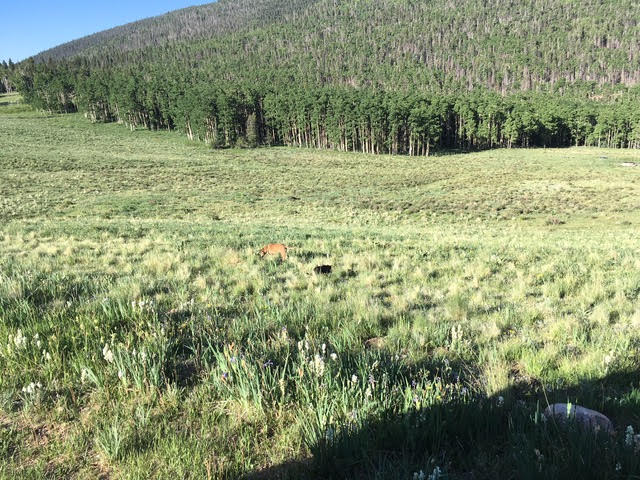 A few weeks ago, I started a long-anticipated, summer-long camping trip, with my dog Frances, my cat Lao, and my husband John joining us part of the time. One evening, we were in our camper van in an enormous meadow filled with wildflowers overlooking the Sangre de Cristo mountains.
A few weeks ago, I started a long-anticipated, summer-long camping trip, with my dog Frances, my cat Lao, and my husband John joining us part of the time. One evening, we were in our camper van in an enormous meadow filled with wildflowers overlooking the Sangre de Cristo mountains.
John had just rejoined us after a few days away, and Frances and I both went running out to greet him. Then John hopped in to the van to say hi to Lao, expecting him to come meowing. But there was no Lao.
I was immediately concerned: Lao loves to greet his daddy. We began whistling the Lao whistle around the van. Ordinarily he comes pretty quickly, often at a run. But no kitty appeared.
John didn’t say anything to blame me, but he asked an awful lot of questions as we looked. “When did you last see him? How far from the van did he go? How long did he stay out? Was Frances out too?” I couldn’t help but hear each question as really meaning, “Were you careful enough with him?” Lao was John’s cat when we met, and they were tight. Plus, John is generally more cautious about Lao being out than I am, checking on him more frequently. And the truth was that I’d been pretty absorbed in my work that afternoon.
Guilt seemed to coagulate into molasses in my brain, clogging my synapses. All I wanted to do was cry, but I tried to prod my brain back into action. What could have happened? A car might have hit him, but then we would have found his body. And it was such a big, open meadow — would a predator really have ventured out to get him in the middle of the day, with Frances around to boot? Maybe it had been a raptor — but didn’t they mostly hunt in the evening?
After three or four hours of looking for Lao, it got dark. John is the most optimistic person I know, but he was sitting in his car, alone, his head in his hands. “I think he’s gone,” he said.
Later, we sat in the van in misery together. It felt just awful to do nothing, especially looking at John’s crumpled face. But we were both worn out, and we’d already looked everywhere we could imagine. Then an idea occurred to me, a weird one: What about calling an animal communicator? Continue reading →
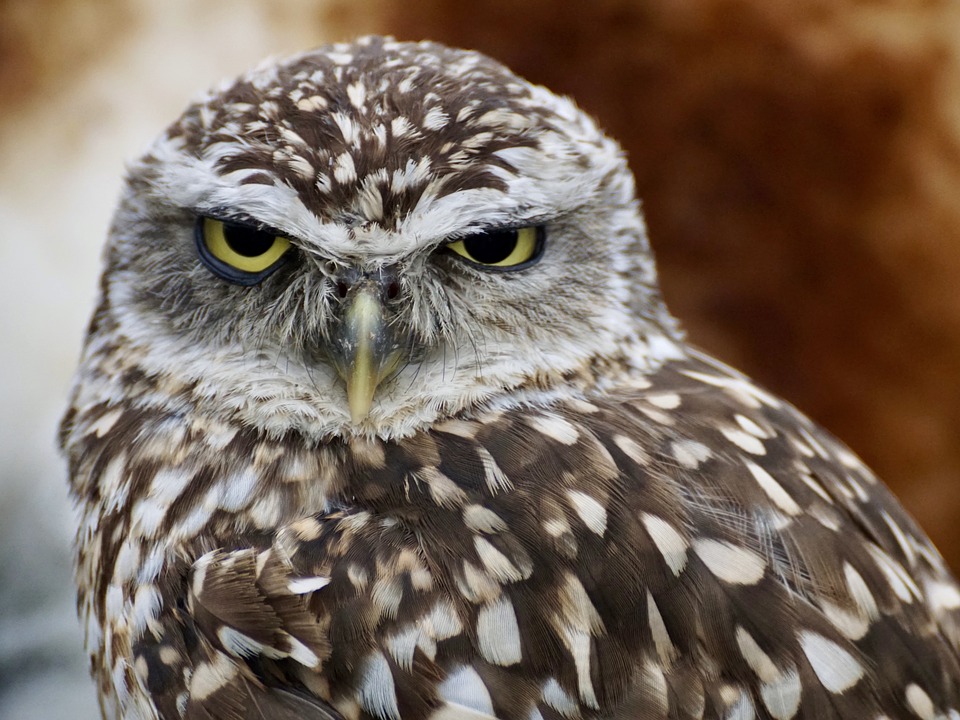
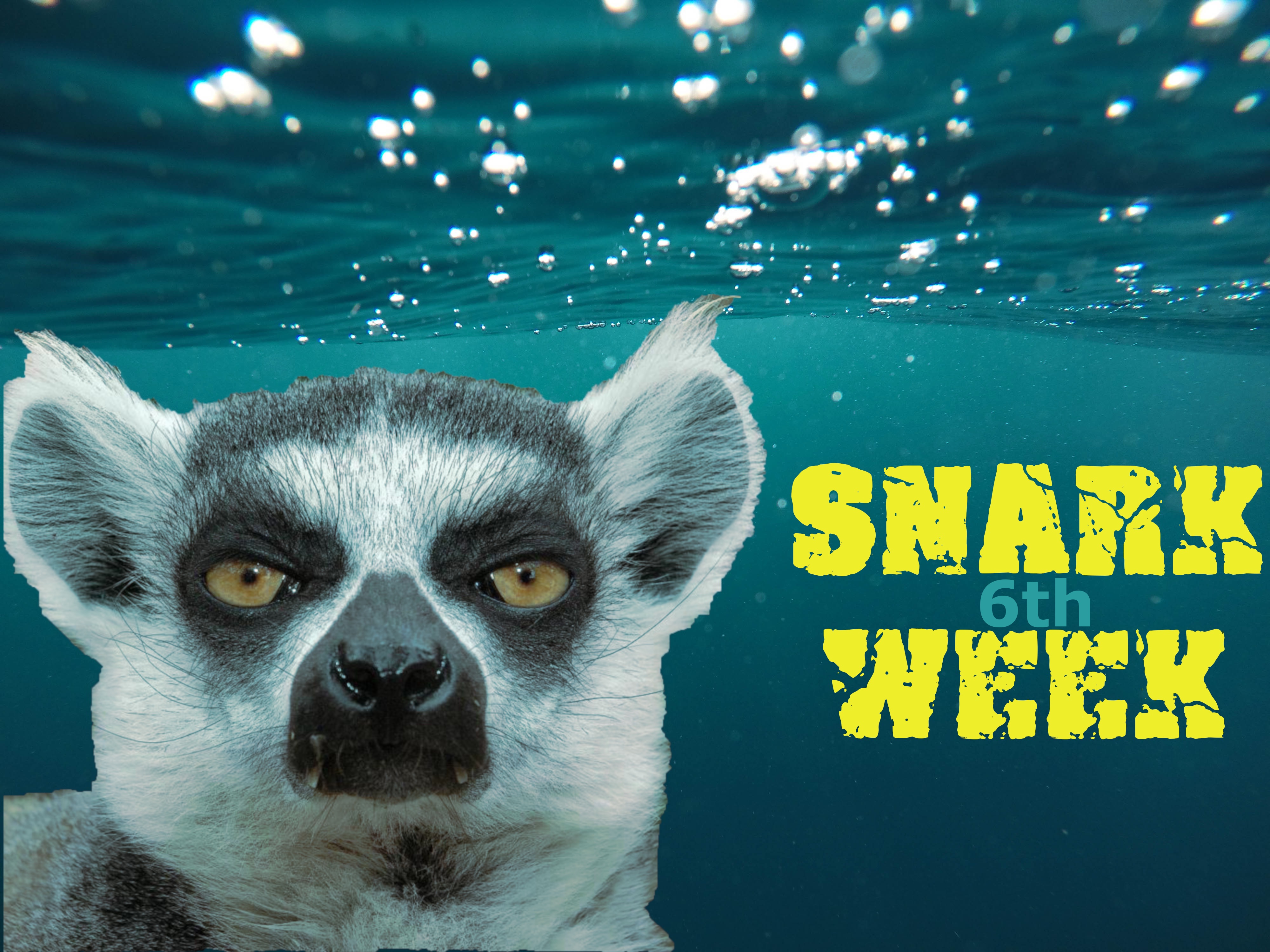
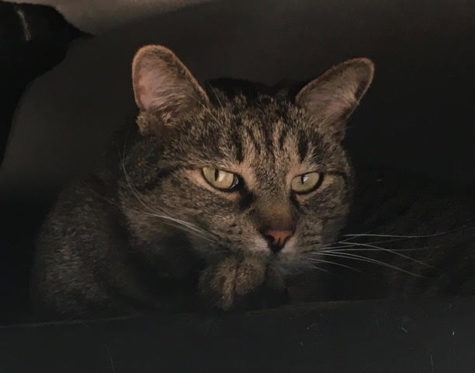


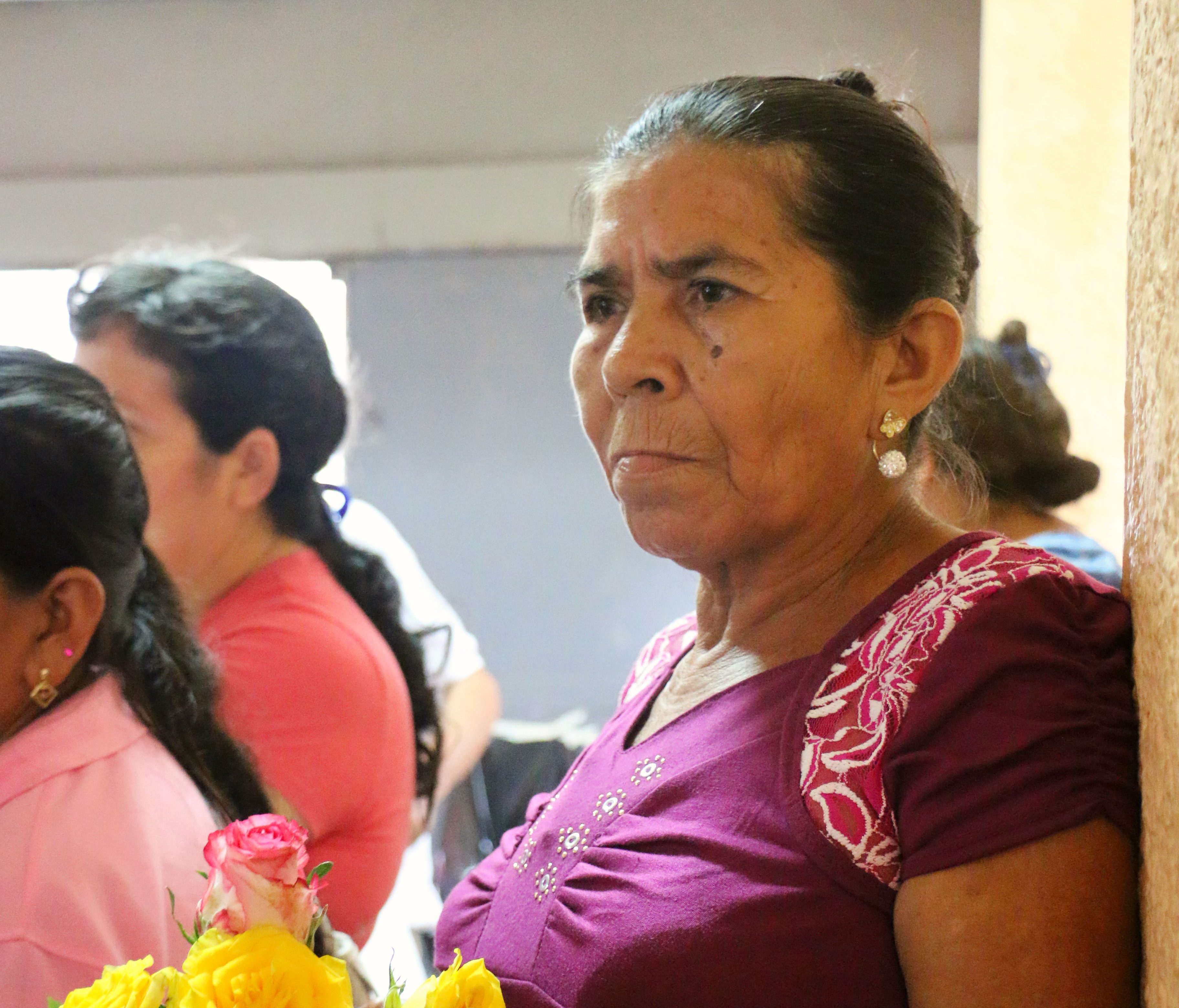
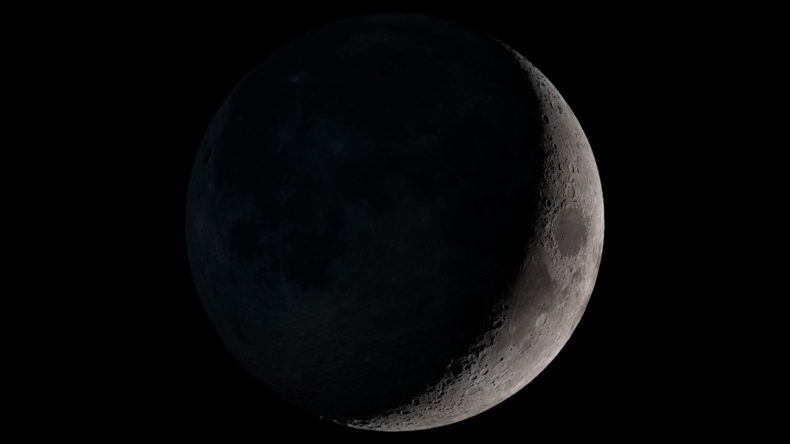

 July 9 – 13, 2018
July 9 – 13, 2018